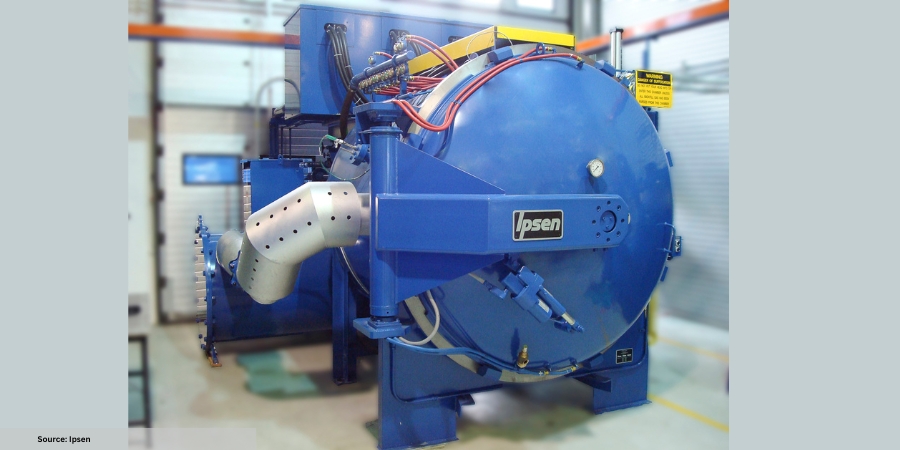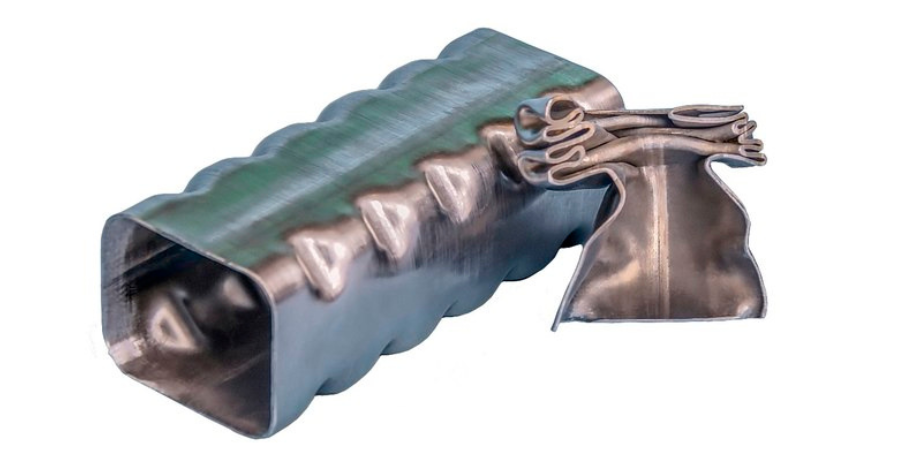Brazing and High Vacuum Heat Treat Furnace Delivered to Southwest USA
CHERRY VALLEY, IL – Ipsen recently shipped a horizontal-loading MetalMaster® vacuum furnace with 2-bar gas quenching to a company in the Southwest U.S. for use in manufacturing catalytic converter products, which are then used by such industries as Aerospace, Automotive and Power Generation. Ideal for brazing and other high vacuum applications, this vacuum furnace line performs well with thin section parts and lighter pieces.
This customized furnace features a 36″ x 36″ x 72″ (914 mm x 914 mm x 1,829 mm) graphite work zone with a carbon steel gas distribution plenum and graphite heating elements, as well as a 3,000-pound (1,361 kg) load capacity. It operates at temperatures of 1,000 °F to 2,400 °F (538 °C to 1,316 °C) with ±5 °F (±3 °C) temperature uniformity.
The furnace is also equipped with a 35-inch diffusion pump and Ipsen’s CompuVac® controls system. In addition, this MetalMaster furnace is capable of meeting applicable AMS 2750E requirements and providing tight temperature tolerances with DigiTrim® controls settings. It also features an open heating element detection system, as well as offers a specially engineered heat exchanger and turbine blower that are designed to optimize gas flow for more efficient cooling.
MetalMaster furnaces can also include several high-productivity options, including specialized instrumentation, increased pumping capability and material handling systems.
Brazing and High Vacuum Heat Treat Furnace Delivered to Southwest USA Read More »








 [Best of the Web] Source:
[Best of the Web] Source: